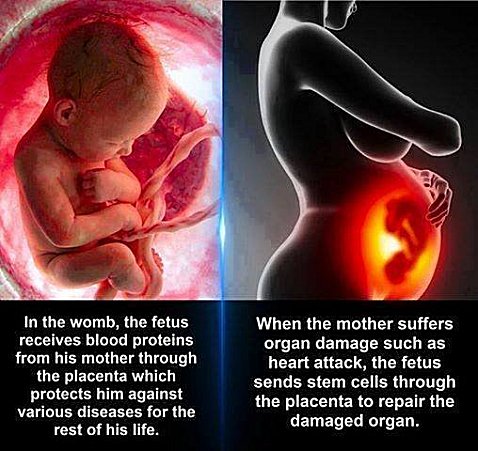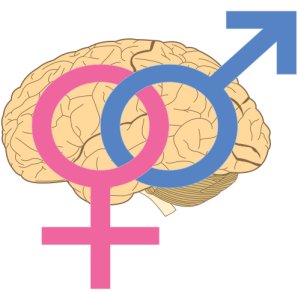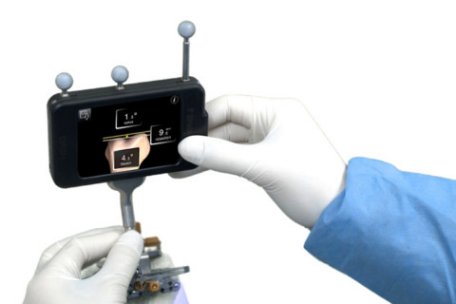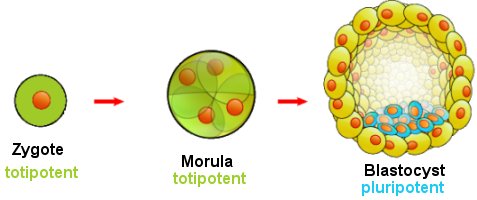
Vaccines are a powerful means by which certain diseases can be prevented. Many scientific studies demonstrate that they are both safe and effective, but unfortunately, there are those who have been convinced by misinformation produced by anti-vaccination groups. As a result, some infectious diseases are beginning to make a comeback in the United States. One of those diseases is measles.
One reason measles is making a comeback in the United States is that there are several other parts of the world where measles has a stronghold. Since world travel is common, it is easy for someone to import the disease back to the U.S. In most cases, this isn’t a problem, because most travelers come into contact with people who have been vaccinated. As a result, the virus has a difficult time spreading, and the traveler is usually the only one who ends up suffering from the infection. Every once in a while, however, a traveler will come into contact with a group that has a very low vaccination rate. When that happens, the disease spreads quickly.
For example, in April of 2013, an unvaccinated person returned home to North Carolina after spending three months in India. Along with souvenirs and stories, the traveler brought home the measles virus. Two other unvaccinated family members got the disease, and in the end, there were 23 confirmed cases of the measles. The vast majority of them (18) were among unvaccinated people. Two of the measles cases were in people of unknown vaccination status, and three were in people who were fully vaccinated.
This, of course, brings up a very important point. When people refuse vaccination, they often think that the only possible consequences will be to them and their family, but that’s just not true. No medicine, including vaccines, is 100% effective. Thus, there will be a small percentage of people who get the vaccine but are not fully protected against the disease. When unvaccinated people provide a breeding and transmission population for the disease, this increases the risk to all people, even those who are vaccinated.
Continue reading “More Consequences of Anti-Vaccination Misinformation”









